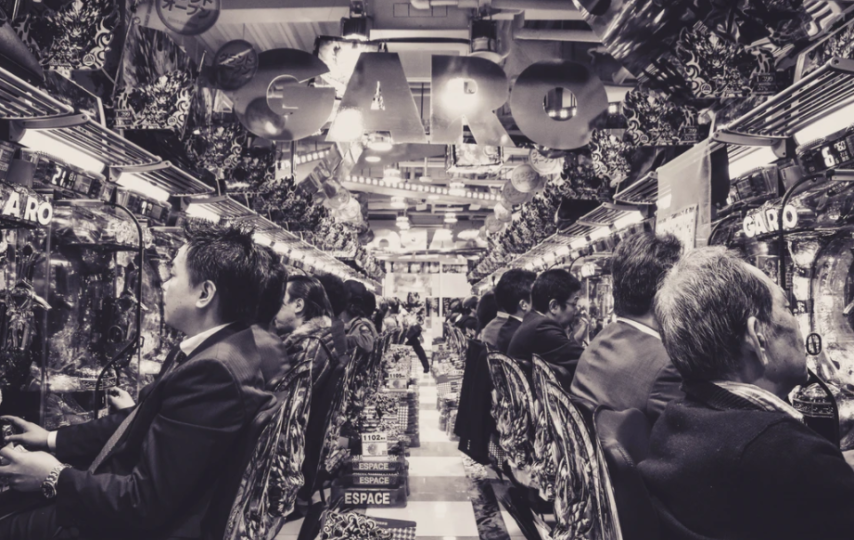Try to find a land-based casino in Japan and you’ll be disappointed. Casinos have been outlawed in the country since the introduced of the Criminal Code chapter 23 in the 1900s. But if you’re looking for a pachinko parlour – the only legal gambling establishment in Japan – you’ll find plenty to whet your appetite.
According to statistics from 1999, pachinko is an industry that’s worth well over ¥500 trillion. By 2015, this mechanical, pinball machine-style game was generating more gambling revenue than Las Vegas, Singapore, and Macau combined! But what exactly is pachinko? And how has the game changed over time?
In this blog post, we’ll share a brief history of pachinko. Whether you’re a loyal fan of the game or have never played before, read on to discover how this entertainment is taking over the world.
What is Pachinko?
A pachinko machine is a game that resembles a pinball machine. Players can rent a number of steel balls to load into the machine, before pressing a spring-loaded handle to launch the balls off a track.
The balls have to navigate a series of pins, holes, and cups that are located around the edges of the machine (known as a playing field). The aims of the game is to launch your balls into one of the cups, which will trigger a payout of balls that players can exchange for prizes.
1920s: The First Pachinko Machine
Japanese pachinko machines were first built in the 1920s and were originally designed for children. A decade later, adults in Nagoya began to adopt the game and it quickly became a popular form of entertainment – but as the outbreak of World War II shook the world, further developments in the pachinko industry were temporarily put on hold.
1948: The First Pachinko Parlour
Once World War II was over, the first commercial pachinko parlours started to appear. The very first opened in Nagoya in 1948 and this quickly kickstarted a trend. By 2012, there were more than 12,500 pachinko parlours in Japan, providing a place for people to gamble legally while most forms of betting were outlawed.
1980s: Electric Pachinko Machines Appear
During the 1970s and 80s, developers started to add a range of electronic features to traditional pachinko machines. Previously, the machines had been purely mechanical, using a spring-loaded handle to launch the balls. Technological advancements meant that features such as lights, sound effects, and buttons could be added – enhancing the traditional pachinko experience.
Today
Today, pachinko is one of the most popular games in Japan, and its fame is spreading around the world. This is partly thanks to online pachinko, a form of entertainment that’s offered by some virtual casinos.
These online offerings enable you to enjoy the pachinko parlour experience from the comfort of your home. Mobile-friendly apps have made the game more accessible than ever, bringing this hundred-year-old game to a brand new generation.
Whether you want to level up your online gambling or are looking for a change from your favourite slots, why not try playing pachinko today?













